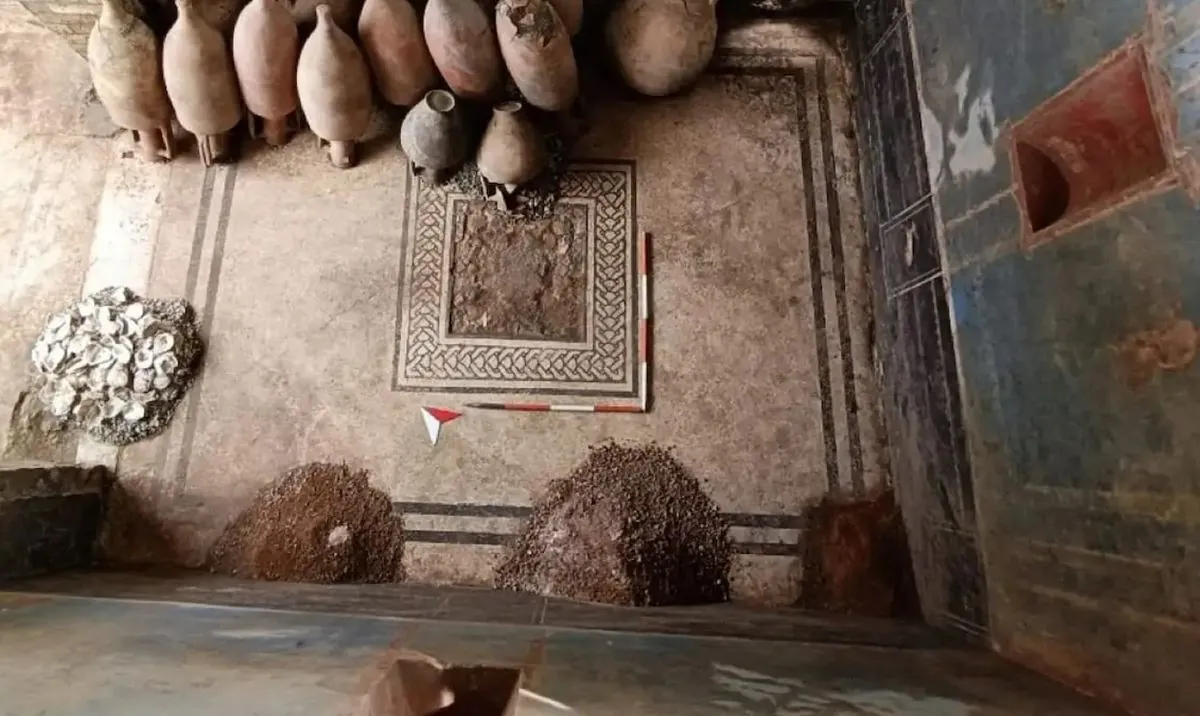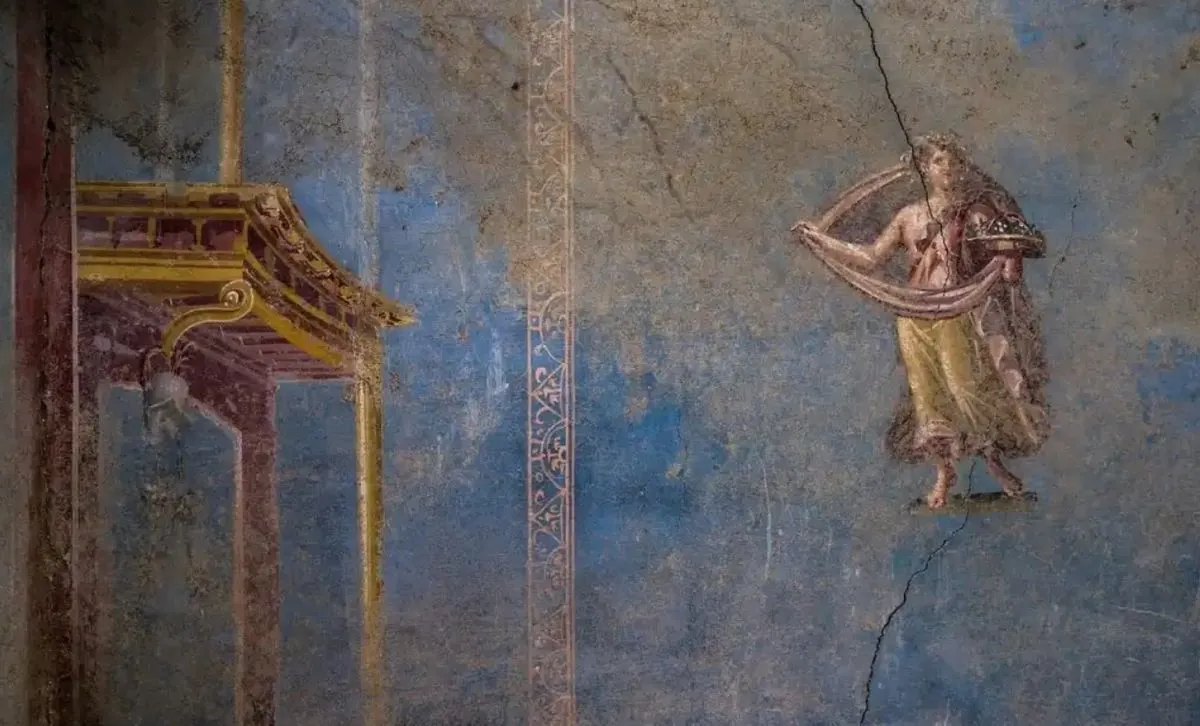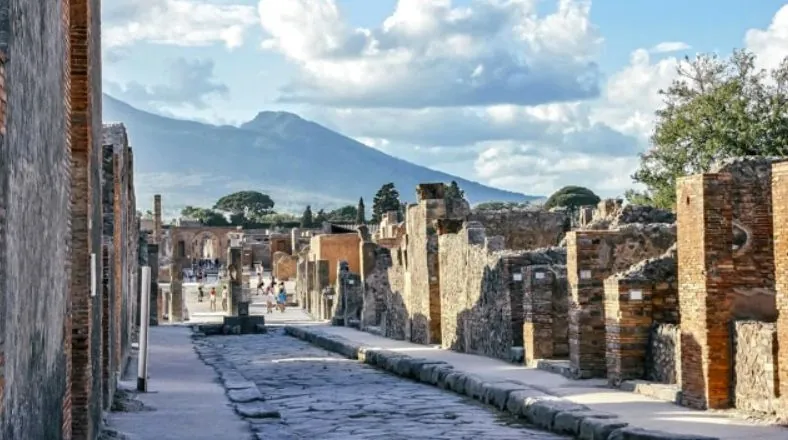New surprises at the ruins of Pompeii: a rare blue room discovered in the centre of the ancient city
Kyiv • UNN
In the ancient Roman city of Pompeii, archaeologists have discovered a rare ritual room painted blue. On its walls are frescoes depicting depicting female figures and symbolising the Greek goddesses of the seasons.

Archaeologists have discovered a blue-painted religious ritual room in the centre of the Roman city of Pompeii in Italy, buried in 79 AD, under a multi-meter layer of ash.
This was reported by UNN with reference to Il Messaggero and Spiegel.
In Italy, during excavations in the ancient Roman city of Pompeii, a room covered with bright blue shades was discovered. In this room, as indicated, the walls form the background for the choreography of female figures shrouded in the aura of myth.
Help
Here's what archaeologists say: the blue - walled space found by researchers in Pompeii is a place for ritual ceremonies and storage of sacred objects.

According to the researchers, Blue is rarely found in Pompeii frescoes; it was only used for very decorative rooms. This suggests that the exposed space was of great importance.
Details
The sacrarium is located in the southern part of the large domus, in which several rooms decorated in styles II and III have been discovered. This complex includes a thermal quarter, which is still being excavated, and a large hall overlooking the central courtyard.
The figures found in the Blue Room flank niches in the center and depict the four seasons in the side niches. On the central wall are allegories of Agriculture and cattle breeding, as indicated by the attributes of a plow and a short stick used by shepherds and hunters

The blue-painted walls depict female figures holding various objects. According to the announcement, they should symbolize the so-called Horens, the goddesses of the seasons in Greek mythology.

Researchers explain that the sacrarium was not a space for exclusively religious use; before the eruption of Vesuvius, the room was turned into a warehouse for amphorae.
Addition
Archaeologists continue to stumble upon impressive finds in a Roman city at the foot of Mount Vesuvius. In 79 AD, ash, mud and lava covered the ancient city after several volcanic eruptions.

Pompeii was rediscovered in the 18th century. The preserved remains provide an unsurpassed insight into the life of that time.
Recall
Archaeologists have discovered rare and detailed frescoes depicting Greek mythology and Roman culture in a banquet hall in the ancient city of Pompeii. The findings open a fascinating window into life more than 2,000 years ago.